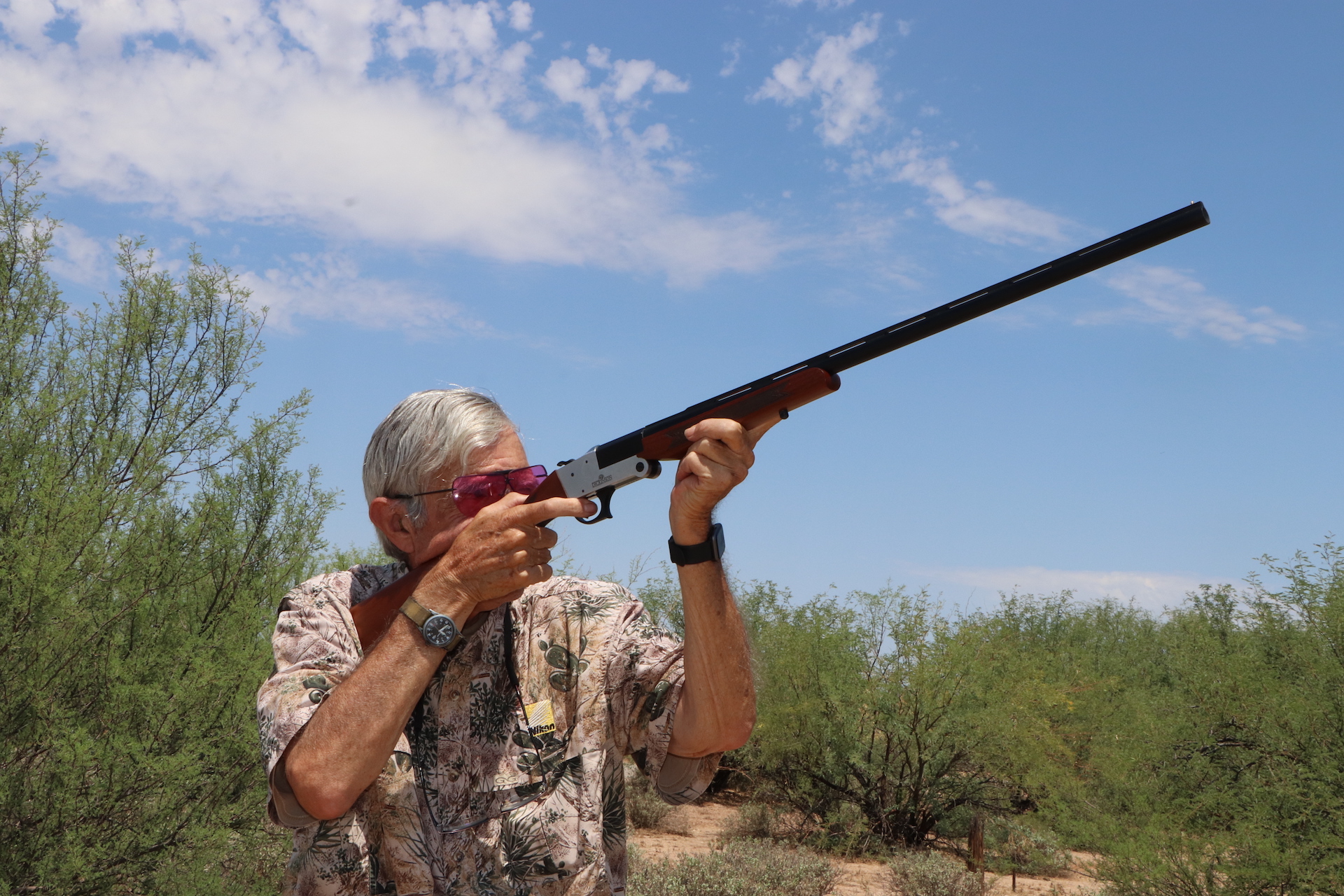


It just doesn’t have the volume needed, especially for large doses of large shot. But the 20 can be quite effective on ducks and geese, though certainly no match for the 12. Many hunters find the 20 gauge a fine alternative to the 12 for smaller framed shooters who target upland birds more than waterfowl. Hun, sharptail, pheasant mixed bag with a 20 gauge. But a trim, light 20 gauge might get you on target faster and more precisely. Given equal patterning efficiency, the higher pellet count in a 12 gauge should keep a denser pattern at longer ranges. The main difference between it and the 12 gauge are gun size and weight, and pellet count. Ron SpomerĪll of the issues about shot stacking, deformation, and stringing in the 12 gauge apply to the 20 gauge in proportion to its size. Ron Spomer 20 GaugeĪ Caesar Guerini 20 gauge made short work of this pheasant limit. Generally, 20 gauge shotguns are a bit quicker to handle as compared to 12s. If you hunt more upland birds than waterfowl, you might do better with a smaller gauge. So, while the 12 may indeed be the do-all gauge, it isn’t necessarily the do-all gun. An 8-pound gun is a decent compromise, but a 9- to 10-pounder would be better for magnum waterfowl loads and a 6-pounder ideal for quick shooting at upland birds with 1- to 1 1/8-ounce shot. Really, while the 12 gauge is inarguably versatile, you really need at least two guns in varying weights to maximize 12 gauge potential. A heavier gun minimizes felt recoil, but is harder to lug afield all day and slower to whip into action when a fast flying quail burst in and out of your life. If you inadvertently flinch or lift your head from the stock in anticipation of recoil, you don’t shoot well. Recoil on the shooter’s shoulder has nothing to do with pattern density and consistency, but it can have a lot to do with where the center of that pattern is thrown. The other advantage in light loads is reduced recoil. While a #2 pellet at 60 yards might have sufficient punch to break a goose wing and penetrate to its heart, a #6 pellet might not get through the padding of feathers. So why not always shoot the smaller pellets to keep patterns more dense? Because small pellets run out of energy sooner than large pellets. An ounce of #6 pellets (quite a bit smaller) should contain 225 pellets. An ounce of #2 pellets (quite large) should harbor about 87 individual balls. load.Īn alternative way to add more shot is to load pellets of a smaller diameter.

That compares to about 22 ft-lbs recoil at 13 fps from a typical 1 1/8-ounce 12 ga. In an 8-pound gun that’ll slap you with about 46 foot-pounds (ft-lbs)of recoil energy with the gun coming back at your shoulder at nearly 20 fps. If you want a kick in the chops, fire a few 3.5-inch, 12 gauge shells filled with 1 3/8-ounces of tungsten shot. The heavier the shot charge, the more powder needed to drive it fast enough. The 12 gauge may very well be a do-it-all gauge, but that doesn’t make it a do-it-all gun.


 0 kommentar(er)
0 kommentar(er)
